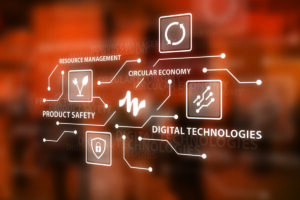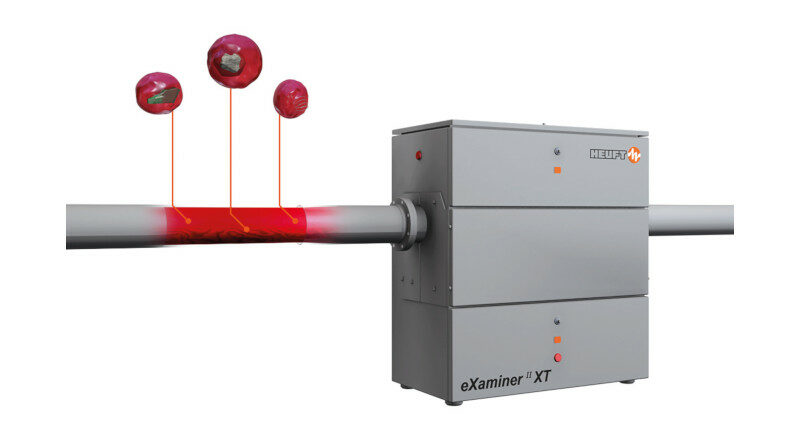Track, trace & protect
Heuft, Hall 13 Booth A43
Heuft’s focus at Interpack are digital technologies for the identification and traceability, serialisation and aggregation of a wide range of products and packaging materials. From proof of origin to the complete documentation of the filling and packaging process they generate Big Data for a production which can be traced at any time. This also applies to all the data of network-capable Heuft systems for the inspection of empties for safely reusable packaging materials in the circular economy and for the inspection of full containers for full product safety right up to the archiving of the detection images. This not only brings a lot in terms of conformity with the law and protection against counterfeiting. A consistent track & trace also realises, among other things, a targeted pool, resource and recall management.
The Heuft Examiner II XT, one of the highlights of the company’s presence at the exhibition, helps to prevent product recalls due to foreign object contamination from the outset. With a completely revised mechanical construction and further developed pulsed X-ray, it is designed to offer flexibility for space-saving integration and at the same time more detection and operational reliability for the inspection of still unpacked product masses. Heuft will demonstrate what makes the X-ray components from its own development and production so special at a special Enlightenment station. And how this optimised Heuft Examiner II technology also detects not only foreign objects even more reliably during the top-down inspection of packaged pet food, the sideways inspection of cans or stand-up pouches and the all-round complete inspection of jam jars.

Innovative image processing technologies also contribute to this – for example the latest development stage of the Heuft Reflexx A.I. It combines artificial intelligence with human expertise in order to clearly distinguish harmless objects from critical ones. In this way valuable resources are no longer wasted and only products and packaging which are really no longer marketable are withdrawn from circulation. Whether and how well this is also feasible in difficult cases, for example when it comes to evaluating X-ray images of structured products such as loosely packed noodles, is also demonstrated at a dedicated Enlightenment station.
A cyber-physical device stele can be used to bring all Heuft systems – from empty container inspection to tethered cap examination to glass splinter detection in filled food jars – to the company’s booth.

